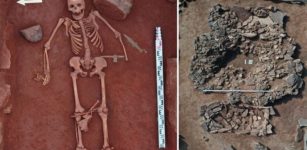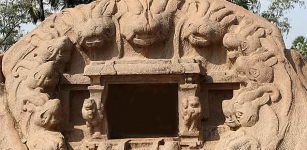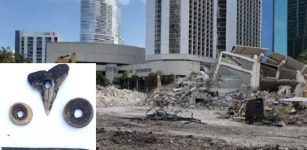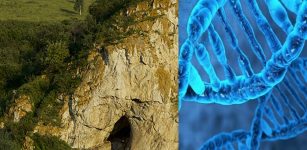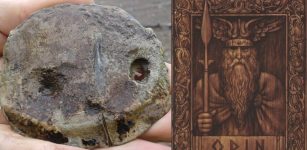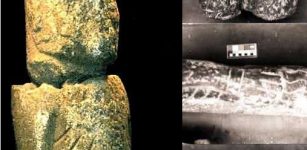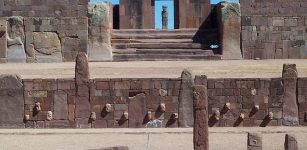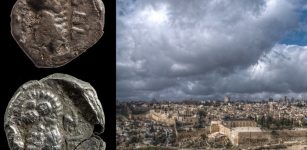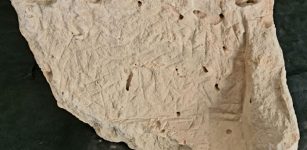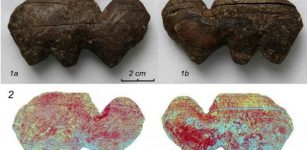Rare 4,000-Year-Old Sauna Discovered In Scotland
AncientPages.com - A "very rare" Bronze Age underground building which experts believe could have been a sauna or steam house has been discovered by archaeologists in Scotland.
The ancient building could have been constructed for ritual ceremonies or as a place where women could give birth, or even where bodies were taken before burial.

In the cold windy conditions in which the Bronze Age people at Noltland, the concept of an underground building, filled with fire and steam, is likely to have stirred the imagination. It may even have been consciously designed as a stage for ritual activity- perhaps in the form of a cult house or sanctuary. Credit: History Scotland/Hemedia
The recent discovery was made on the periphery of the prehistoric Links of Noltland, on the island of Westray, where work has been carried out for several years.
Archaeologists described the building as being remarkably well preserved and almost complete.
Early analysis of the find has suggested it is likely to be a “burnt mound" - generally comprising a fireplace, water tank and a pile of burnt stone.
Experts believe the hidden nature of the building together with its restricted access and tightly packed cells point towards it serving a more specialised function used by a more select group.
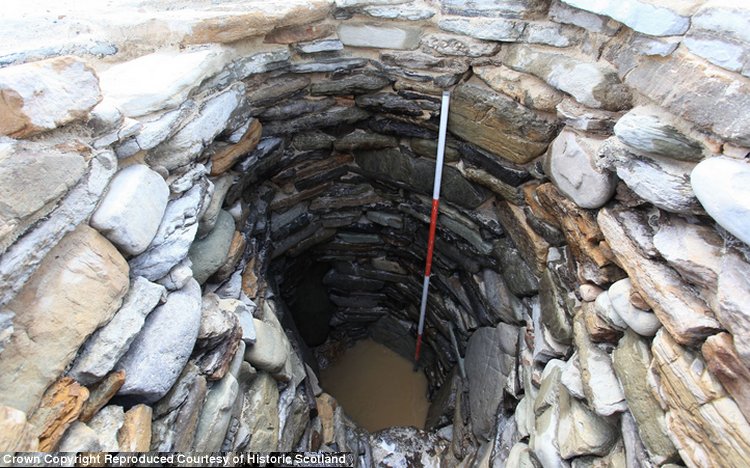
The building is likely to be a ‘burnt mound’, which generally comprises of a fireplace, water tank and a pile of burnt stone. Through experimentation and reference to medieval Irish literature, experts have been able to deduce that stones were roasted on a hearth before being placed into the tank of water, bringing the water to a boiling point and producing lots of steam.
"This is a beautifully preserved site with lots of tantalising clues pointing to its use as an important building, central to the community who built it.
"We know this was a large building, with a complex network of cells attached to it and a sizeable tank of water in the central structure which would likely have been used to produce boiling water and steam - which could have been used to create a sauna effect,” Rod McCullagh, deputy head of archaeology strategy at heritage body Historic Scotland, said.
"What this would have been used for we don't know exactly, but the large scale, elaborate architecture and sophistication of the structure all suggest that it was used for more than just cooking.
"Whether its purpose was for feasting, rituals, important discussions, or maybe just for the same reasons we use saunas for today, is something we don't yet know. This is just the start of an exciting but painstaking process of analysis and research work but one which gradually adds to our understanding of what activities occurred here 4,000 years ago."
AncientPages.com
source: Historic Scotland

